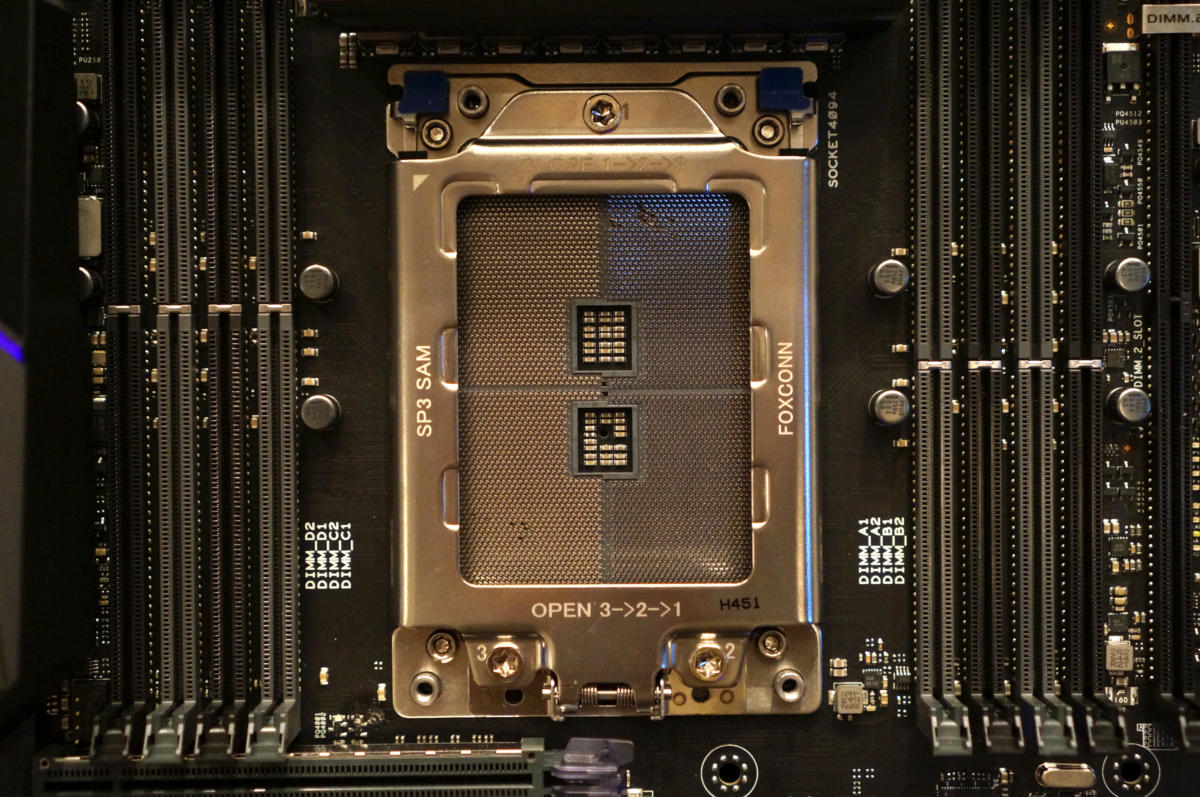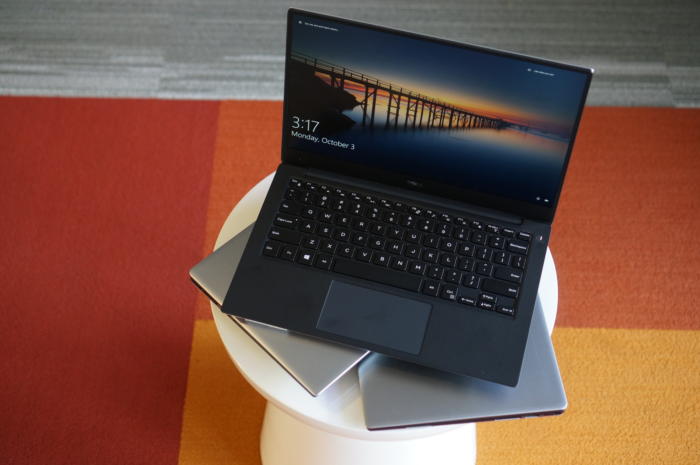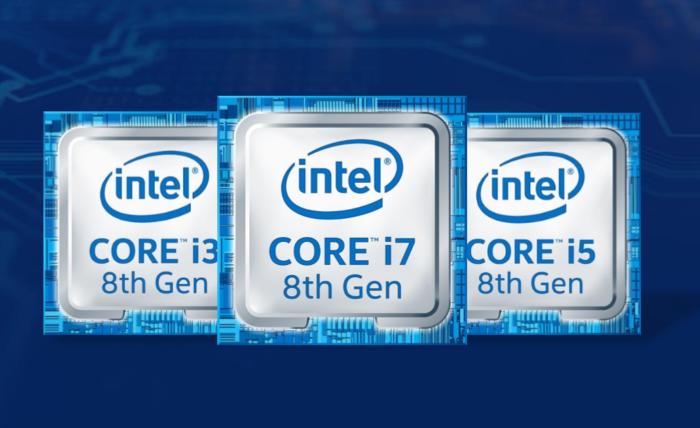Last year, Qualcomm Technologies released QC4.0, the most advanced charging technology that is likely to change the charging ability of future Smartphones. At the same time, the company also released the Snapdragon 835 processor which they say will be the next generation Smartphone processor. At the moment, there is no device that supports Quick Charge 4. The company revealed that their advanced charging technology will be available with the Qualcomm Snapdragon 835 processor.
QC4.0+ benefits

What are the benefits of Qualcomm Quick Charge 4? Basically, QC4.0+ charges up to 15 % faster compared to previous releases. This latest technology will be also 30 % more efficient and will run up to 5-degree Celsius cooler compared to previous releases.
For instance, five minutes of charging will guarantee you more than 5 hours of battery life. Your Smartphone’s battery will attain 50 % of charge in less than 15 minutes of charging. This means that future Smartphones with Qualcomm Quick Charge 4 will charge like they are connected to two high-powered chargers. Their batteries will have increased efficiency and the Smartphone themselves will stay cooler.
Key features of QC4.0+ and how they work
Quick Charge 4 has a wide range of advanced features compared to prior releases. Here are the key features and how they work.
Battery Saver
This feature was included in this latest generation not only to provide comprehensive safety while charging but also to extend the battery’s charging cycle life. A protection feature is implemented at various stages of charging in order to keep accurate records of temperature, current, and voltage while protecting various components of the Smartphone such as connectors, cables, systems and the battery itself.
USB Power Delivery and USB Type-C
The two technologies were incorporated in QC4 adapters to ensure that there is consistent charging performance. These technologies will also ensure that one accessory supports a variety of mobile devices and charging implementations.
Intelligent Negotiation for Optimum Voltage (INOV)
Quick Charge 4 is incorporated with this latest algorithm to help your Smartphone determine the amount of power to request at a particular point. This not only maximizes charging efficiency but also enhances optimum power transfer.
Dual Charge
A second power management IC is also incorporated in Quick Charge 4. Charging your Smartphone using two power management ICs has many benefits. For instance, the charge current is divided into two which reduces charging time and promotes more efficient thermal dissipation.





